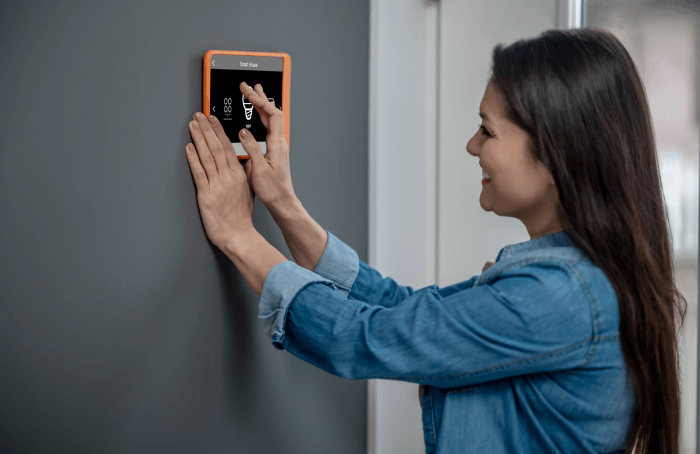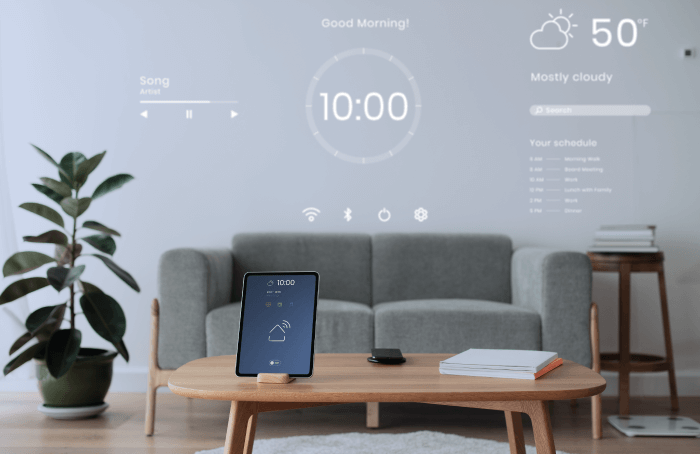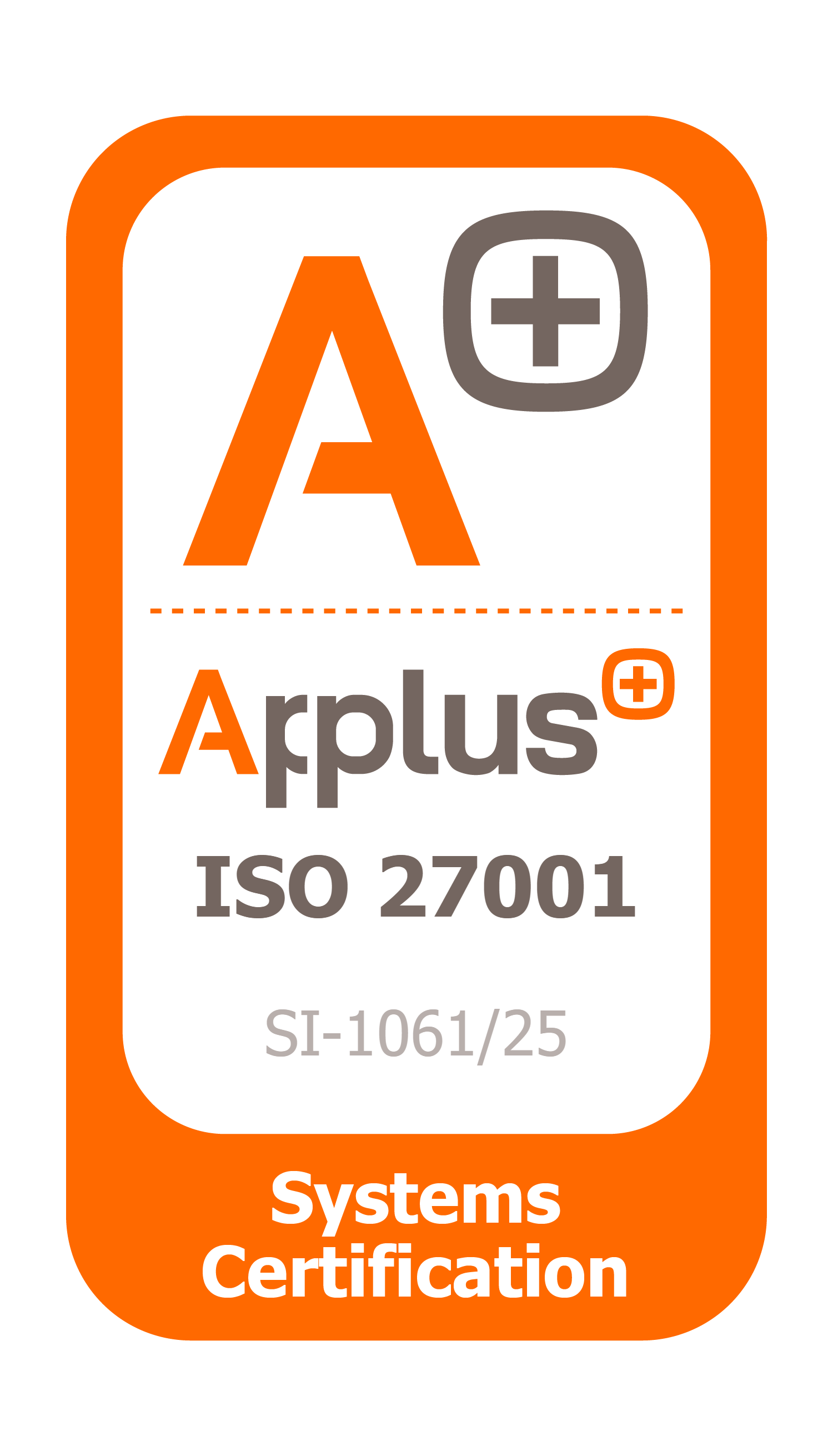The cost savings and energy efficiency behind smart buildings and offices
We live in an increasingly digitalised world. Electronics are already part of our lives and even the most mundane things that were once impossible to think could be digitised are now digitised. Digitalisation has allowed us to save time and money. Imagine being able to programme the opening or closing of a shutter, switch on a light bulb from your phone in less than a second… and all of this helps you to reduce costs. It’s hard to believe, isn’t it, it was unthinkable before, but now thanks to applications like Hybo it is possible.
Home automation in offices offers great advantages to companies and they are aware of this; therefore, more and more companies are integrating this system in their offices and buildings. Here are some of the advantages of an intelligent building or office:
- Energy saving: automating lighting, air conditioning and energy systems in general helps to save energy and reduce costs. In addition to contributing to the care of the environment.
- Greater comfort and productivity: home automation improves employee comfort by personalising office conditions and increases productivity by reducing distractions.
- Security control and management: it helps prevent theft and vandalism, as well as detecting fires and alerting office occupants.
- Improved resource management: helps manage resources more efficiently, which means cost savings and better use of resources.
30% cost savings in offices
To better understand the savings that a smart building or office can bring, we are going to provide data on how much a home with home automation installations can save. According to a study by the Institute for Energy Diversification and Saving (IDAE), home automation can save 39% in heating, 27% in hot water, 12% in electrical appliances, 9% in lighting and 2% in air conditioning.
The Spanish Home Automation Association (CEDOM) points out that savings per household average 30%. In the case of the savings that a smart building can achieve, depending on the characteristics of the building and the smart systems implemented, it is estimated to be 30%. Below is a breakdown of some of the features that can help a smart building reduce operating costs:
- Automated, sensor-controlled lighting and climate control systems and energy management systems that adjust intensity and temperature according to occupancy and natural light, reducing energy consumption.
- Monitoring and data analysis systems to detect and resolve problems more quickly and efficiently, which can reduce maintenance and repair costs.
- Energy management systems that optimise energy use, reducing waste and improving building energy efficiency.
- Water and waste management systems that reduce water consumption and improve waste management.
Buildings that contribute to improving sustainability
A smart building or office not only helps to save costs, but also to save the planet. A smart building can contribute significantly to sustainability. These are buildings that can be designed with highly efficient lighting, heating, ventilation and air conditioning (HVAC) systems, motion and daylight sensors, and energy management systems that adjust energy use according to needs and environmental conditions; this helps to significantly reduce energy consumption and greenhouse gas emissions.
On the other hand, smart buildings comprising water management systems that reduce water consumption and optimise water use, such as water recirculation for irrigation, the use of low-flow technologies for taps and toilets, and rainwater harvesting systems for irrigation and floor washing can contribute to environmental sustainability and water conservation.
There are also waste management systems that enable the separation and recycling of materials, which can reduce the volume of waste generated and ensure its correct final disposal, helping to reduce the carbon footprint. In short, smart buildings with these systems contribute not only to economic savings, but also to the conservation of resources through the optimisation of energy efficiency, water management, waste management and the use of sustainable materials.
The world is becoming increasingly aware of climate change and the conversion of buildings and the creation of new smart buildings is on the rise. In 2022 there were 45 million, however, it is estimated that by 2026 there will be a reach of 115 million smart buildings, a growth of 150% showing the increasing demand for energy efficiency from businesses.
It’s time to upgrade your building or office and make it smart!
With software like Hybo saving costs while taking care of the planet is possible. Our software is constantly updated to the demands and needs that companies and the world have. We are aware of the importance of a sustainable office and the savings that this implies for the company, without forgetting and highlighting how much it can help our environment, that is why we have updated some of our modules:
- Now you can have intelligent rooms. You will be able to turn the lights on and off in the reserved room when checking in or program them to turn on and off, close and open blinds, keep track of the humidity in the room and have the option of air conditioning, from which you can see the temperature and modify it.
- You can have an intelligent car park in which the barrier (or gate if you have one instead of a barrier) is raised when the user who booked the space checks in, or have a camera that reads the number plate so that the car that booked the space can enter directly without the need to check in. With these options it will not be necessary to have staff controlling the car park or keys. You will ensure that only those who have booked their parking space will enter.













